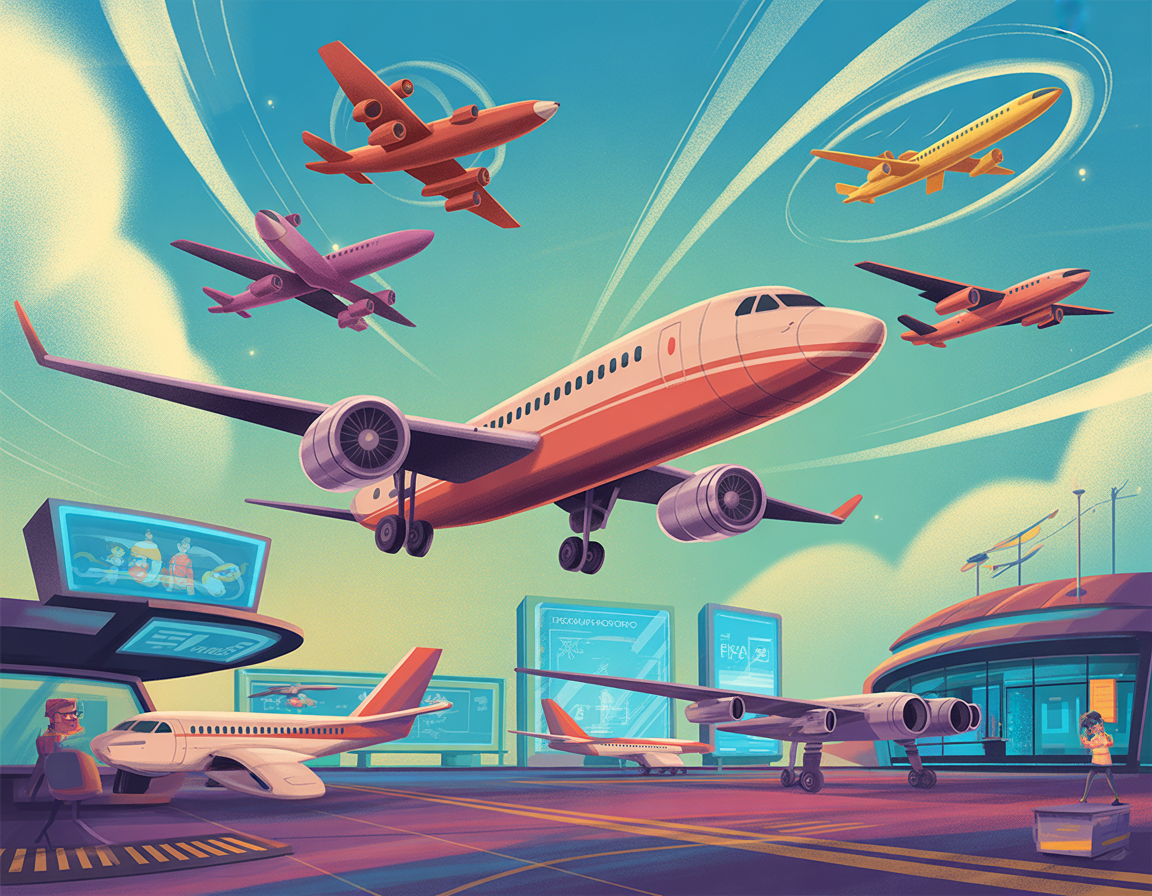Rising Air Passenger Traffic in India
India’s air travel industry is on the brink of remarkable expansion, with passenger numbers expected to soar to 600 million by the fiscal year 2030, marking a near 50% increase from 412 million in FY25. This surge is projected to significantly boost airport revenues, specifically in the aeronautical and non-aeronautical sectors.
Revenue Growth and Airport Performance
Airports adopting the Public-Private Partnership (PPP) model are leading the way by generating about 87% of India’s total non-aeronautical revenue while handling nearly 64% of the overall air traffic. Notably, Mumbai and Delhi airports are at the forefront of non-aero revenue generation, achieving per capita earnings comparable to global giants like London Heathrow and Tokyo Haneda.
| Airport | Per Capita Non-Aeronautical Revenue (USD) | Global Benchmark Comparison |
|---|---|---|
| Mumbai | 20.1 | Close to Heathrow (21.6) |
| Delhi | 18.1 | Close to Haneda (19.9) |
These revenue streams from retail, food and beverage, duty-free sales, parking, advertising, and real estate leasing are becoming essential for airports as they look to diversify income sources beyond basic aeronautical operations.
The Historical Context of India’s Aviation Growth
India’s economic liberalization wave that began in the early 1990s laid the groundwork for rapid expansion in the air travel sector. Over the decades, the country has transitioned from a predominantly government-operated aviation network to embracing public-private partnerships, which have proven more efficient and commercially viable.
Additionally, India’s rising middle class and expanding workforce have fueled both domestic and international travel demand. Factors such as improved passport and visa procedures, foreign exchange liberalization, and civil aviation modernization have also played crucial roles in opening up air travel options.
Key Drivers of Growth
- Economic growth boosting disposable income for the burgeoning middle class
- Infrastructure investments leading to modernized airports and enhanced connectivity
- Government reforms encouraging private sector participation and innovation
Forecasting India’s Aviation Impact on Tourism and Connectivity
By 2030, the projected rise in passenger traffic is expected to have profound impacts on both domestic and international tourism. The increased volume will demand expanded airport capacity, advanced service offerings, and integrated commercial ecosystems such as aerocities. These developments will not only enhance profitability for airports but could also serve as catalysts for broader urban and regional economic growth, linking travel infrastructures with local businesses and communities.
Utmaningar och möjligheter
Managing this growth entails challenges such as maintaining operational efficiency and passenger experience while expanding capacity. Airports must monetize the growing passenger base effectively through diversified revenue models to ensure sustainability. Non-aeronautical earnings will become pivotal in this equation, fostering resilience against market fluctuations and providing more varied services to travelers.
Projected Trends for 2030
| Aspect | Current Status (FY25) | Projection (FY30) |
|---|---|---|
| Annual Passenger Traffic (million) | 412 | 600 |
| PPP Airport Traffic Share (%) | 64 | Expected to maintain or grow |
| Non-Aeronautical Revenue Share (%) | 87 (PPP airports) | Likely to increase |
Summary
India is poised for a substantial upswing in air passenger traffic, propelled by dynamic growth in both economic and travel sectors. Public-Private Partnership airports, especially Mumbai and Delhi, are already exemplars of commercial success with non-aeronautical revenue nearly matching the world’s leading airports.
The diversification of airport income streams will be key to sustaining financial health amid rising passenger numbers. These trends indicate a future where aviation not only drives travel and tourism but also spurs complementary urban development and economic activity.
For those exploring destinations rich with boating and maritime attractions, understanding the broader flows of tourism and passenger traffic can offer insights into evolving travel patterns and emerging hubs of activity in coastal and lake regions.
GetBoat.com remains attentive to developments in tourism worldwide. This platform serves as a premier marketplace for renting yachts and sailing boats, catering to all preferences and budgets for those keen to explore the open water, vibrant marinas, and sun-drenched beaches that are integral to global travel experiences. Discover more on GetBoat.com.

 Future Outlook: India’s Air Traffic to Reach 600 Million by FY30">
Future Outlook: India’s Air Traffic to Reach 600 Million by FY30">
